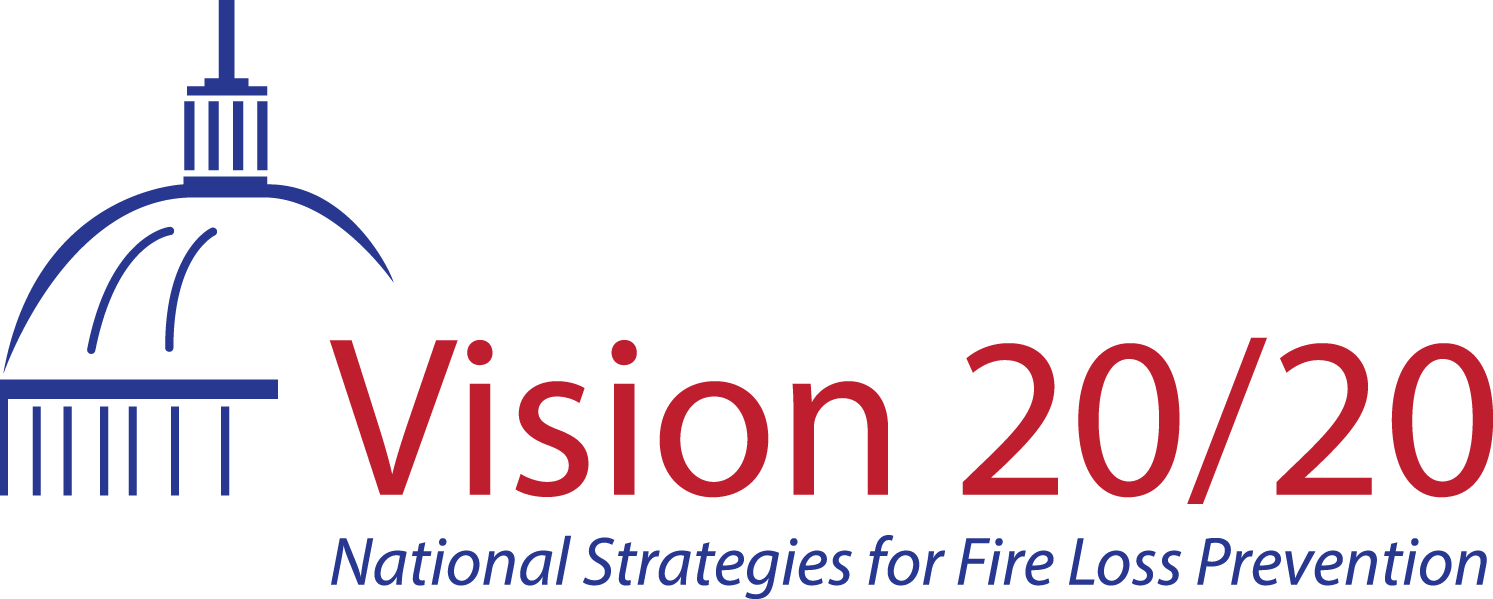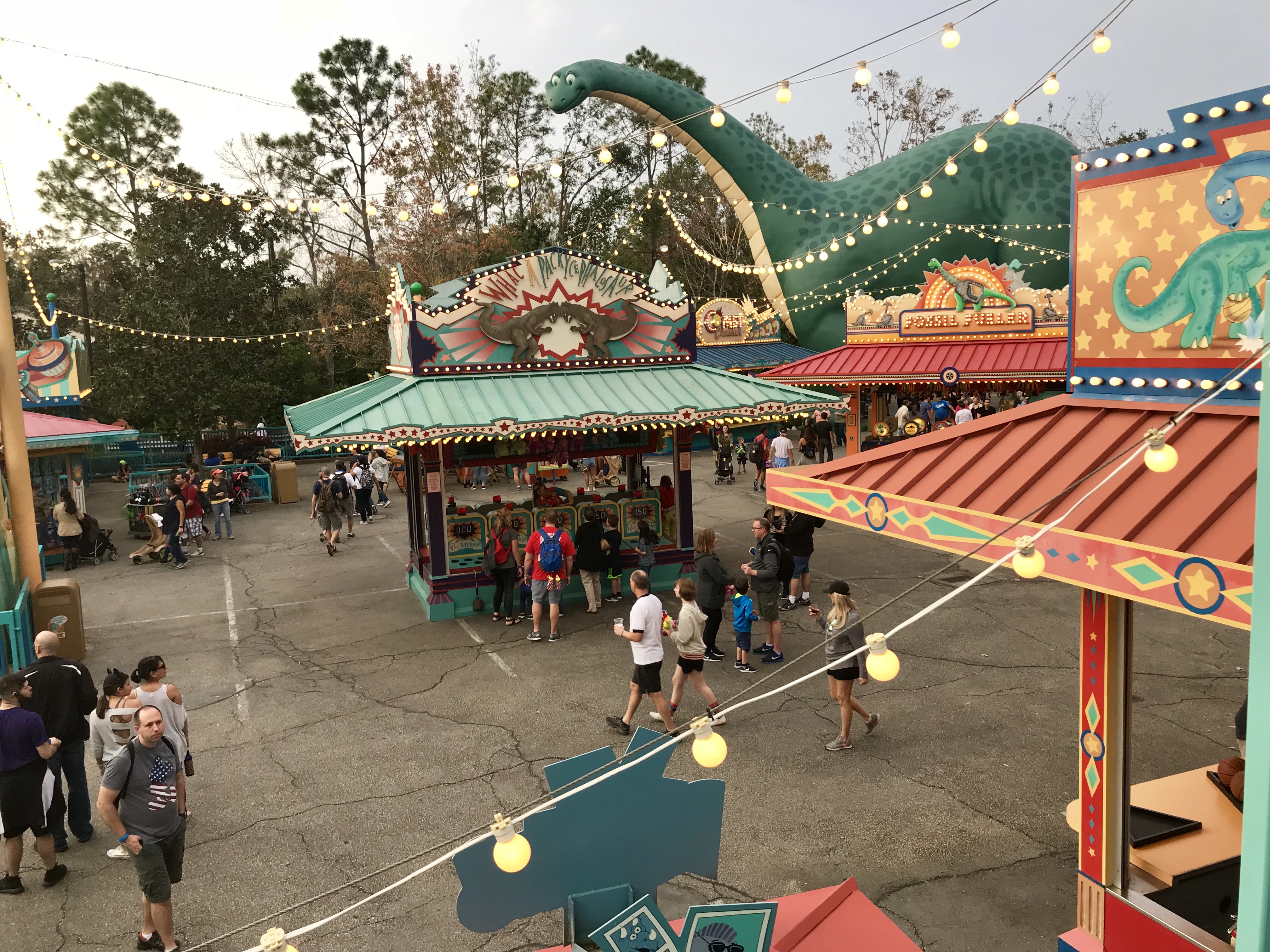I would argue the communication link between Emergency Medical Service (hereafter EMS) providers and patients is not a topic that garners a great deal of formal attention. Academically, EMS providers are taught about the various forms of consent, how to best communicate with those who have hearing impairments, the polar ends of the aged (the very young and the very old), as well as tips and tricks to overcome a plethora of language barriers experienced in the field.
Formal education in the field of emergency services is often brief and focused. There is an overwhelming need to educate individuals who are entering the this field across a broad array topics so they may assess and rapidly act upon foundational knowledge. The implicit understanding is that true skill development will be subsequently expanded and refined through field training and experience.
If a department has a strong continuing education program, EMS providers may obtain some formalized training related patient consent or improved report writing. This training often falls under two categories. While valid and justifiable, I believe EMS providers are missing a critical opportunity.
- Legal based training focuses on protecting the agency and provider from liability if and when a patient refuses care before later experiencing further medical complications. This lens tells providers which “boxes” must to be checked to safely allow a patient to refuse medical care.
- Financial based training (often offered by EMS billing companies) focus on teaching providers key words to document within patient narratives to satisfy the “medically necessity treatment” threshold to improve the likelihood that insurance companies will pay subsequent claims ultimately generating operational revenue.
Placing patient care as the primary focus of an EMS agency should mean both tasks would be inherently accomplished. However, we need to apply a medical lens rather than a traditional prescriptive problem/solution focus upon our practice of emergency medicine.
Upon reviewing research related to the link between overall positive patient outcomes in the presence of effective physician communication skills (Ha, Anat, & Longnecker, 2010; King & Hoppe, 2013; Rodin, et al., 2009), I am quite interested in formally studying this matter further. Rapid patient care occurs in Emergency Departments nationwide, however a team of providers and established systems exist within a structured environment which helps support achieving such lofty goals. Robust structured systems afford the opportunity for checks and balances, luxuries that are simply not possible in a dynamic field-based environment. However we don’t know what we don’t know at this point.
Now, make no mistake. EMS personnel are trained to deliver excellent emergent medical care, and they do so quite well- each and every day. These providers operate within streamlined decision processes and protocols, using equipment that is arranged for rapid access by personnel who instinctively (muscle memory) know where to find supplies, often without ever taking their eyes off their patient. Well operating EMS services are highly structured. Crews often work seamlessly while one provider is gathering patient histories while forming an initial assessment, as the partner is actively taking steps to implement a care plan. The assessment is rapid and focused, just as it should be. Providers are trained to navigate through the noise of the environment (figurative and literal) and circumstances to get to the important aspects of whatever is occurring or contributing to the situation. Further, EMS protocols are designed with the express intent to limit harm with the complete realization and acknowledgement, that information is limited and constraints do exist. Care is provided in transit where advance skills take over upon arrival at emergency rooms.
But there is more to consider.
- EMS providers operate in formal positions of authority innately granted by a public who ascribes personal liberty to responders based on tradition, respect, and trust.
- Implied authority exists. EMS is commonly provided and often delivered through a fire-based system where various statutory authority empowers public safety providers in ways no other caregiver is. Additionally, EMS providers operate alongside law enforcement. First responders are often categorized as Type-A personalities because the nature of the job attracts individuals who take charge and take action. These characteristics are necessary as providers must rapidly select among a variety of options and rapidly implement necessary actions for the preservation of safety and security of both the public and responder.
A sober assessment of current practice can bring about positive change. For example, permission to administer care is often assumed. The rational exists that since the individual called 911, that person has made a determination that an emergency exits, and they want to go to the hospital. The entire system is set up to provide emergent care and transport the patient rapidly to the hospital. In an effort to provide swift care and save time, it is my experience that EMS providers infrequently offer an explanation of what they are doing as they are doing it, or more often the explanation lags just behind the care that was just immediately provided.
The example above offers an opportunity to explore how the patient-provider relationship could be enhanced within the emergency setting.
- Studies by King & Hoppe (2013) and others have found that physician providers overestimate their ability to effectively communicate with their patients. Further, poor communication or the inability to overcome communication barriers leads to negative patient satisfaction or improper diagnosis, leaving patients frustrated and possibly grieved (Ha, Anat, & Longnecker, 2010).
- Research shows that patients desire a setting where they are informed, and able to participate in the decisions that impact their personal health and well-being (King & Hoppe, 2013).
- Additionally, physician providers who do not, or are unable to connect with their patients demonstrate low levels of empathy which often causes the patient greater distress or distrust (Ha, Anat, & Longnecker, 2010). The presence of physician respect enhances patient outcomes and stabilizes patient emotions (Flickinger, et al., 2001).
With over 25 years providing emergency medical care, I have little doubt that these same principles and practices would positively affect patient and EMS provider relations as well. One cannot assume that such connections are similar or significant. Therefore, a formal study of this matter is warranted. As indicated above, significant differences exist in the field compared to the controlled environment found in the emergency room, further justifying the need for formal study to effectively quantify and qualify each.
Works Cited
Flickinger, T. E., Saha, S., Roter, D., Korthuis, P. T., Sharp, V., Cohn, J., . . . Beach, M. C. (2001). Respecting patients is associated with more patient-centered communication behaviors in clinical encounters. Patient Educ Couns, 250-255.
Ha, J. F., Anat, D. S., & Longnecker, N. (2010). Doctor-patient communication: A review. The Ochsner Journal, 10:38-43.
King, A., & Hoppe, R. B. (2013). “Best practice” for patient-centered communication: A narrative review. Journal of Graduate Medical Education, 385-393.
Rodin, G., Zimmermann, C., Mayer, C., Howell, D., Katz, M., Sussman, J., . . . Brouwers, M. (2009). Clinician-patient communication: Evidence-based recommendations to guide practice in cancer. Current Oncology, 42-49.



 Read WSJ: The Children of the Opioid Crisis
Read WSJ: The Children of the Opioid Crisis